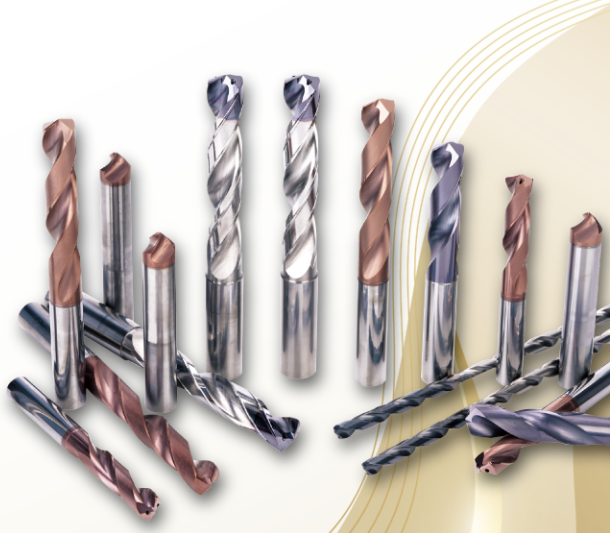Machining is always about precision, speed and reliability, however in the extremely competitive manufacturing environment, efficiency is everything. When you make parts for automotive or aerospace or high-tech gadgets the tools you choose directly affect your bottomline. Indexable drills, high-speed drills, tungsten-carbide end mills and threading inserts are all essential.
They aren’t just updates to old tools. These tools are a better method of working since they decrease downtime and expense and deliver better outcomes. Check out each of them to see how they help manufacturers drill into deeper holes, efficiently cut and finish quicker.

Image credit: stwang-tw.com
Indexable Drills: More Holes, Less Hassle
Drilling large holes could be expensive and time-consuming. Drills made of solid material wore out rapidly they needed sharpening and, in many cases, reduced production speeds. This is the reason more machinists are switching to the indexable drill. You can swap out inserts, not the whole drill when it starts to wear out.
The efficiency of drills that can be indexable is the reason they stand out. These drills are engineered for high-performance and long-running runs. They also require very little maintenance. With replaceable inserts they cut down on waste, reduce tool inventory, and ensure that your equipment runs longer. SHANG TZANG WANG ENTERPRISE Co., Ltd. offers disposable drills with core-stay with consistent performance, even in larger diameter applications. This upgrade will reduce the time to repair when shops perform repetitive hole machining.
High Speed Drills: Built to Meet the Modern Needs
In an context where speed is crucial, high-speed drills allow you to complete the task quickly and without losing the precision. They’re ideal for materials that are tough and have quick cycles. They’re employed in everything from medical precision components to high-volume automobile parts.
Modern high-speed drills come with designed flutes that are optimized and cutting-edge coatings that prevent heat buildup, reduce friction, and lengthen tool life. This means fewer breakages as well as fewer changes to the tool and more tools out the through the door. Moving to a high-speed drilling is a great option for any machine shop owner who has been through the frustration of an unfinished tool during the course of.
Tungsten Carbide End Mills: Reliable Performance Cut After Cut
When it comes to milling, tungsten carbid end mills are the most reliable tool that are used on the shop floor. They’re renowned for their durability as well as their heat resistance and capability to cut through hard materials with no loss of edge sharpness. They deliver reliable results whether you’re finishing small corners or roughing out large areas.
The versatility of tungsten carbide mills is what makes them unique. The different coatings, angles, and flute count are customized for a wide variety of jobs, from aluminum to titanium. Carbide endmills are ideal for machinists who must maintain precision while also being durable.
Threading Inserts: Tiny Tools, Big Impact
The creation of threads can seem like a small part of the process, but it’s one of the most critical. A bad thread could ruin the entire piece. That’s why a high-quality threading insert matters. These small, replaceable inserts are made to cut internal or external threads with extreme accuracy and repeatability.
Threading inserts, as opposed to traditional dies and taps, which wear in different ways over time give the same results. When one edge dulls you can simply index to the next cutting edge and you don’t need to remove the tool or re-grind. It’s easy, simple, and cost-effective. The durability of threading inserts is important to machinists. You can be confident that your threads are going to fit perfectly from the beginning. There’s no second attempts, no rework and no worry about rejecting parts.
Bottom Line
In modern machining, time is a commodity you don’t have the money to waste. Therefore, today’s most efficient manufacturing facilities are shifting to intelligent, flexible solutions for tooling. The cutting tools of today don’t only improve accuracy, they streamline workflows, reduce changes, increase life, and increase efficiency. What’s the outcome? The result? Less time is spent on troubleshooting and more time is spent on creating precision parts. In a market where greater demand and a tighter margin are commonplace and tools that operate more efficiently can give companies a competitive edge.